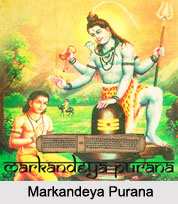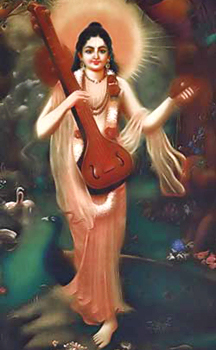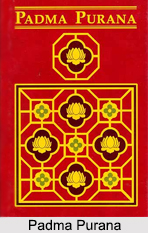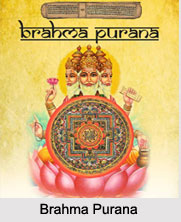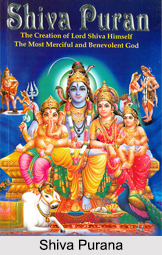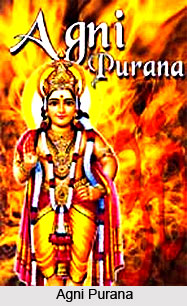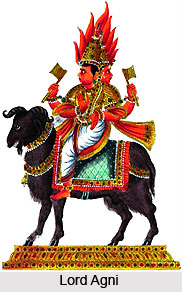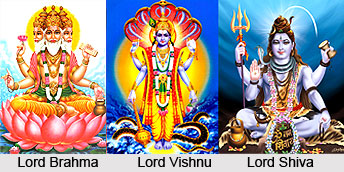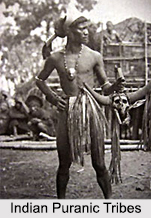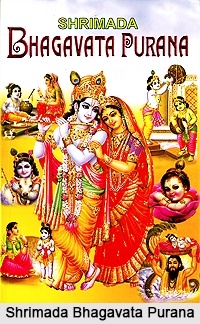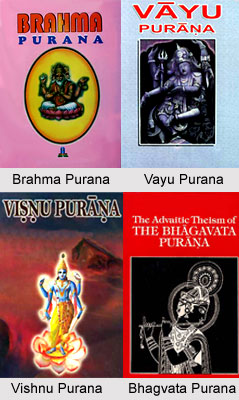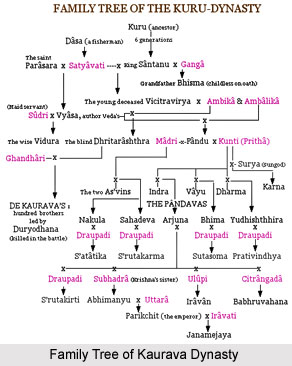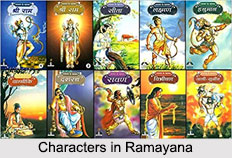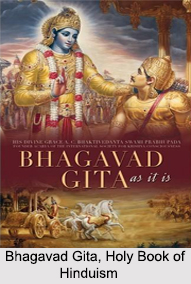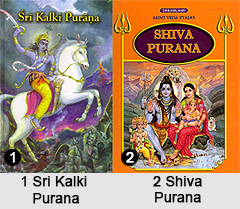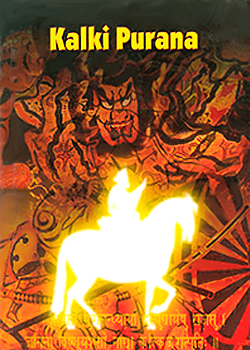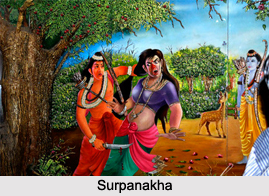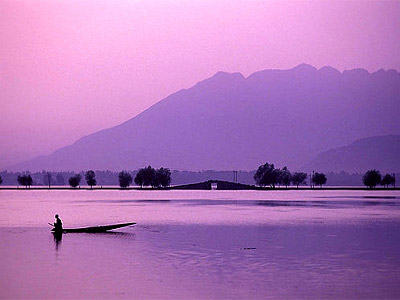 Nilamata Purana speaks of the sacred places of Kashmir and their legends as well as Kashmiri lifestyle. Nilamata speaks of common men in their homes, streets, gardens and temples. It speaks of their amusements, the currents of religious thoughts and the rites and ceremonies they performed throughout the year. The significance of Nilamata lies in the fact that it gives information about the cultural history of Kashmir.
Nilamata Purana speaks of the sacred places of Kashmir and their legends as well as Kashmiri lifestyle. Nilamata speaks of common men in their homes, streets, gardens and temples. It speaks of their amusements, the currents of religious thoughts and the rites and ceremonies they performed throughout the year. The significance of Nilamata lies in the fact that it gives information about the cultural history of Kashmir.
Kalhana refers to Nilamata Purana as a work of great relic. It starts with Janamejaya`s enquiry from Vaisampayana as to why the king of `Kasmira` did not participate in the battle of Mahabharata. Vaismpayana the narrator points out the importance of `Kasmira` by referring to its charms and its identification with Goddess Uma. He points out that Kashmir valley was originally a lake known as Satisaras. This revelation leads to the question about the origin of `Kasmira` to which Vaisanipayana replies. This is through a dialogue that is held between Gonanda and the sage Brahadasva.
Brahadasva initially gives an account of the divisions of time, the destruction of the world at the end of manvantara, the preservation of Manu and the seeds in a ship, the birth of the land and the lake, of Sati, the origin of various tribes from Kasyapa and Vishnu`s allotment of Satisaras to the Nagas. Thereafter the story of demon Jalodhbhava has been narrated. As there was some dry land available in the valley, Kasyapa expressed the desire that the Nagas and the descendants of Manu should live there. The Nagas did not agree to live with the Manavas. Kasyapa cursed them to live with the Pisachas. As Nila had required the curse was modified to the extent that the Pisachas would go every year for a period of six months to the sea of sand and the Manavas would live in the land jointly with the Nagas during that period. Lord Vishnu further assured the Nagas that the occupation of Kashmir valley by the Pisacas would last for four ages only.
The lowest point in the valley with high mountain is 5200 feet high above the sea level. The lowest pass in the Pirpanchal range forms its outer boundary, is 3000 feet above the valley. The only outlet for the drainage of Kashmir valley is the narrow rock-gorge at Baramula.
Geography in Nilamata Purana
Nilamata Purana also deals with geography of the world. It mentions seven Dwipas: Jambu, Saka, Kusa, Kraunca, Salmali, Gomeda and Puskara. Jambudvipa has nine Varsas: Uttarakuru, Ramya, Hairanvata Badrasva, Ketumala, Ilavrta, Harivarsa, Kimpursa and Bharatavarsa that seems to present India. The information regarding tirthas is very significant. It does seem that the people who had come from various parts of India to reside in the Kashmir valley and named its beautiful spots after the tirthas. Thereby they recognized prayag as the holy confluence of the Ganga River and the Yamuna River in the confluence of the Vitasta and the Sindhu. The names like Sarasvati Rsikulya, Ramahrada, Bhrgutunga, Mundaprastha, Citrakuta, Bharatagiri Kamatirtha of Kasmira are actually names of various tirthas of other parts of India.
Tribes in Nilamata Purana
Nilamata has also described about the residents of ancient Kashmir. Nagas were the original inhabitants of the valley. Thereafter the Pisacas and the Manavas were the residents. The other tribes are the Madras (inhabitants the modern Sialkot and the surrounding regions between the Irava and the Chandrabhaga) the Darvas (inhabitants of Darva identified with the districts of Jammu and Ballavar) the Abhisaras (inhabitants of modern Punch and the area near it) the Gandharas (inhabitants of Peshawar, Rawalpindi etc.), Juhundaras probably same as Jaguda (inhabitants of Afghanistan), the Sakas, the Khasas, the Tarigams, Mandavas, the Antargiris and the Bahirgiris.
Social life in Nilamata Purana
The Brahamanas were highly honored however the Shudras were not considered low. The servants were treated well. The artisans commanded respect in the society as they exchanged gifts with the higher castes during the Mahimana celebrations. The Shudras would also take part in the coronation ceremony of the king.
Women have been given a high status. There is also no reference to any veil worn by her and she is allowed to move quite freely in the society. No water sports are denied to the ladies of the valley. The Nilamata does not deny water-sports to the ladies of Kasmira. Women are also allowed to play with the men folk too. On various occasions they are honored too.
As regards their place in the religious life, they are not only allowed to accompany their husbands in the performance of various rites and ceremonies but are also enjoined upon to perform singly some rites specially prescribed for them. The dominance of the Goddesses is also depicted in the Nilamata that also points to the high status of women. The land of `Kasmira` is a mother Goddess `Kasmira`, a form of Uma.
People were fond of music, dancing, drama. Some of the musical instruments were Vadya, Vaditra, Vadyabhanda, Vina, Venu (flute) Sankba (conch), Pataha (Drum) and Muraja (tambourine). Meat was a popular item of diet. Wine is a drink that is consumed on new snow-fall day and Iraman Jari Pujana.
There existed a belief that the King was divine. Law was considered superior to the King. King should be obeyed always. There has been a gradual development of the theory of absolute monarchy in Nilamata Purana. The terms pradhana and ganamukhya show that few republican elements survived.
The other cults adopted the Naga deities as well as the Naga cult brought in the deities of other cults into its fold. Bhava Madhava and Sambhu, Guha and Kumara, the epic heroes Rama, Lakshmana and Yudhisthira all appear in the Naga list of the Nilamata. Nilamata reveals the spirit of compromise and synthesis in religion. The Brahmanic deities, the Nagas, the pisachas, the Buddha receive their due share of worship from the residents of the valley.
The philosophical thinking presented here is theistic Samkhya philosophy which appears in the epics and other Indian Puranas. It contains the tenets of the Monistic Shaiva philosophy of `Kasmira`. It is clear that the cult of Vishnu, Brahman, Siva, Surya, Durga, Nagas, and Buddha flourished side by side. It also presents a compromise regarding the problem of creation however it does not accept its atheistic metaphysics.
The theology is abundant with numerous gods and goddesses. The trinity plays a major role besides others. Even the Naga deity Nila has also been eulogized. Nilamata also gives the idea that the whole earth is a form of the goddess Sati. The doctrine of monism, has also found a mention in the Purana. Nilamata has paved the way for the Monistic Shaiva Philosophy of Kashmir.

